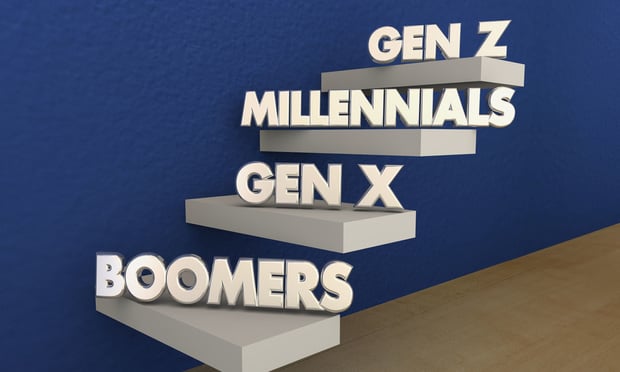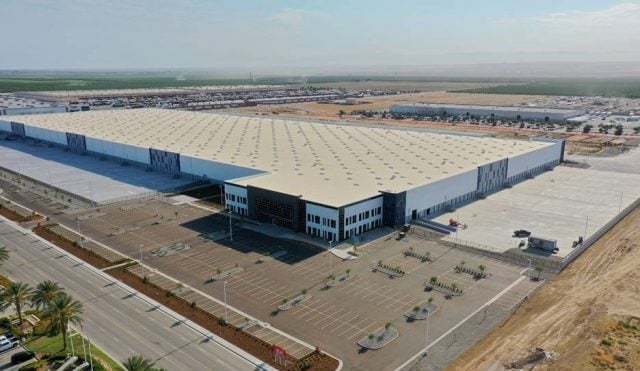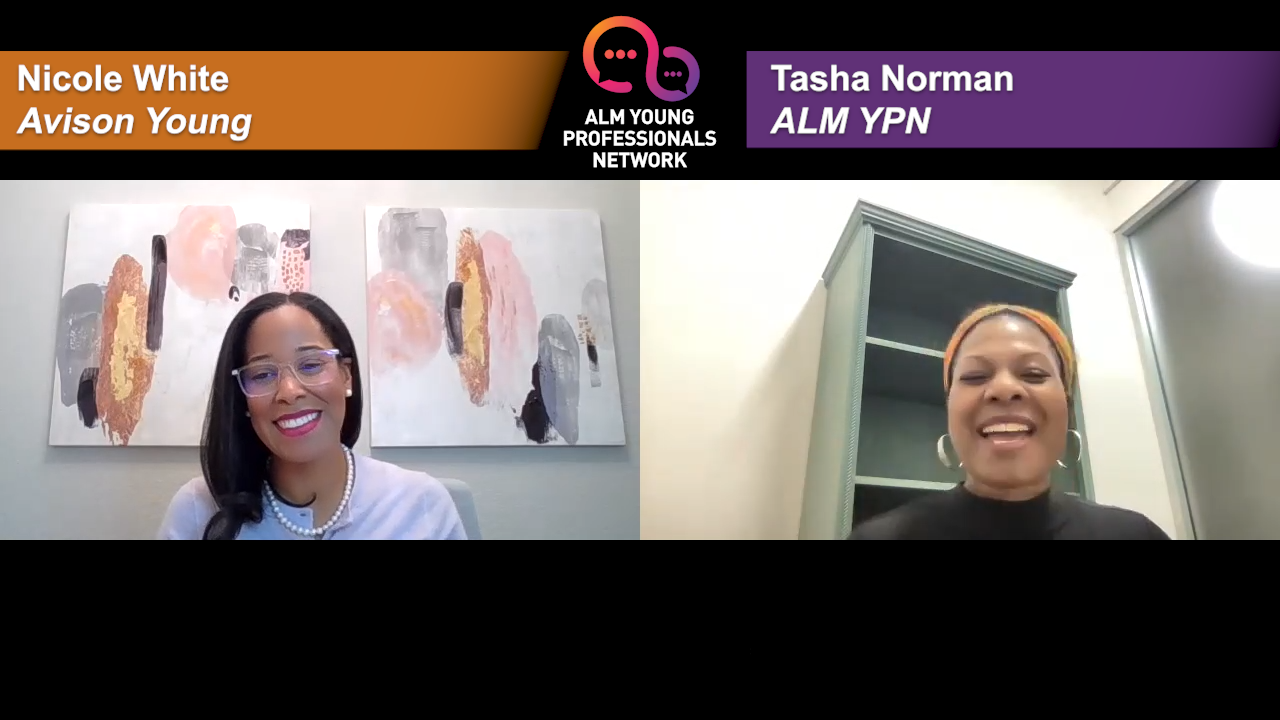ATLANTA—Twenty-six commercial real estate and built-environment experts convened at the Goizueta Business School of Emory University here last week. Their focus was the annual H. Bruce Russell Global Innovators Award presentations, sponsored by CoreNet Global.
The Innovators Award recognizes advancements in a wide variety of achievements in the built environment, achievements that 1) Have not been done before or never in this particular way; and 2) are both scalable and measurable. Or, in the words of CoreNet, winning projects are “game changers in our industry—those individuals and companies whose work, ideas and best practices elevate the practice of corporate real estate.”
Nine judges weighed the merits of eight innovative projects ranging from specific building designs to regional economic development programs. GlobeSt.com gained exclusive access to the presentations. The winner will be named at CoreNet's North American Summit in Washington, DC this October.
On the following pages are seven highlights from the presentations (an eighth presenter, Zurich Insurance, opted to remain off the record.) They are provided here in the order of their presentations.
[IMGCAP(1)]
Case #1: LEED for Existing Buildings Retail Volume Program
Presenters: Gary Thomas, CBRE; Curt Radkin, Wells Fargo Corporate Properties Group.
Making the Case: Radkin pointed out that this program represented a “renewing of Wells Fargo's environmental responsibility,” with a particular focus on its nationwide inventory of retail stores. “We were challenged for more granularity” in managing the carbon footprint of those outlets. The outcome included operational goals of: a 40% increase in energy efficiency; 35% increases in water efficiency and LEED certifications; an equal decrease in green house gasses; and a 65% recycling jump.
With the goal of getting 100 buildings online annually, Thomas and Radkin spelled out the challenges they faced, including execution of the program over such a wide national variety of geographies and building types.
Results: The team LEED-certified 91 stores in 2014—a USGBC record, and they have already achieved a 30% cut in energy use and a 15% water reduction. “We also made sustainability part of the Wells Fargo DNA,” Radkin stated. The goal is to have 500 retail sites online by 2020.
[IMGCAP(2)]
Case #2: World's First WELL-Certified Commercial Office
Presenters: Lenny Beaudoin, Onno Zwaneveld, CBRE; Paul Scialla, Delos Living
Making the Case: There's nothing new about sustainable office design, but the presenters argued for the innovation behind creating a design focused on the health of the occupants, essentially moving beyond LEED's more brick-and-mortar focus. They accomplished this be adhering to the standards of the International WELL Building Initiative. Beaudoin told the judges that focusing on “the building itself is not enough to guarantee the well-being of people.”
Some 220 people to be exact, in 48,000 square feet of CBRE's new Los Angeles global HQ. Of course, there were also the brick-and-mortar considerations to address, such as the old space's lack of growth potential, its dated technology and the need to support greater collaboration.
Result: A post-occupancy evaluation revealed a 97% satisfaction rate, a reported 93% increase in business improvement and the admittedly subjective (but nonetheless impressive) sense on the part of 75% of the occupants that “they feel healthier.”
[IMGCAP(1)]
Case #3: City of Dallas Green Building Code
Presenters: Zaida Basora, City of Dallas; Betsy del Monte, Transform Global
Making the Case: Many cities around the nation are providing green-building options to the private sector. Dallas—not necessarily the first town that comes to mind when someone says sustainability—has taken the conversation a step further and mandated it—the first city to do so, thanks in large part to a new and decidedly green-conscious mayor, according to the presenters.
But mayoral support and his track record of greening a handful of public facilities could not guarantee an easy ride. The team instead struggled to obtain buy-in from a variety of very vocal constituents, not the least of which was the commercial real estate community, and did so by creating a task force made up of those parties. Plenty of closed-door negotiations and sidebar conversations ensued before a hard-won consensus.
Result: The presenters declared Dallas the first US city to mandate green construction based on the International Green Construction Code in a permitting process free of extra bureaucratic red tape for those projects that come with a green plan in place. Further, with a goal of being carbon neutral by 2030, the city boasts some 8,600 projects already in the green pipeline.
[IMGCAP(2)]
Case #4: Powering Florida Resource Center
Presenters: Lynn Pitts, Mary Lattimore, Florida Power & Light
Making the Case: They called it a game-changer for Florida's economic development. Covering all 67 Sunshine State counties, PoweringFlorida is a web-based resource “designed to help relocating users delve into the economic and workforce potential” of target locations. The goal is to uncover communities with the highest compatibility.
Describing it as a one-of-a-kind system, the presenters noted the ability of users to browse locales for the number of businesses housed there as a way to gauge competition. It also helps to define not only current workforce populations but also the potential workers currently being groomed in local schools. As just one case in point, the presenters noted that the program helped Hertz relocate from New Jersey to Fort Myers.
Results: In the 18 months that have passed since the site went live, the new program has helped 159 companies lay down roots in Florida, bringing 18,264 jobs and $15.89 billion in capital investment.
[IMGCAP(1)]
Case #5: Fort Lauderdale's Successful HQ Marketing Plan
Presenters: Robin Ronne, Greater Fort Lauderdale Alliance, CEO Council; Del Boyette, Boyette Strategic Advisors
Making the Case: What's in a name? Not much, apparently if it's the Broward Alliance CEO Council. Seems Broward just doesn't have the brand cache that Fort Lauderdale does. A simple name change to the Greater Fort Lauderdale Alliance CEO Council was just one part of a massive marketing campaign geared to turning an area known for beaches and bars into a corporate hub.
Driven in large part by local CEOs, including Wayne Huizenga and Mike Jackson (AutoNation), the campaign produced a series of ads targeting New York, Connecticut, Massachusetts and Chicago, featuring the above CEOs and others praising Fort Lauderdale for its “Life Less Taxing.”
Result: Surveys taken after the launch of the campaign revealed a 36% increase in positive perception and a 20% increase in the number of people who would consider relocating their companies. More to the point, from 2009 to 2013, 14 HQ projects were launched, representing $16 million in capital improvements and 1,857 jobs. Last year alone, eight projects launched, yielding 1,273 positions and $8.3 million.
[IMGCAP(2)]
Case #6: Demonstrating Human Capital Value to Drive Workplace Change
Presenters: Anita Kamouri, Iometrics; Amanda Aviles, Apollo Education Group
Making the Case: Phoenix-based Apollo had a problem. The firm was undergoing a consolidation and new workspaces were called for. The challenge for the presenters was to launch a workplace initiative that spanned the IT, real estate and HR departments and develop metrics on human capital value. In other words, make a business case for the gains to be made in the relocation.
The team studied metrics on productivity and collaboration as well as the engagement, retention, attendance and satisfaction of the 700 affected employees. “It required a new way of thinking,” said Aviles. In terms of physical layout, the new space incorporated best practices in workplace environments, including hoteling and telecommuting options for the employees. But the real gains came in worker reaction to the new environment.
Results: There were definite, easily definable brick-and-mortar results, such as the $3 million saved in real estate as a result of the consolidation. But the human capital numbers far overshadowed that. The presenters reported a 34% increase in business productivity, equating to $11 million. An additional $3.2 million was attributed to overall (as opposed to task-based) productivity. In addition, there was a $2.1 million savings in the 56% lower rate of voluntary turnover and an 88% slash in absenteeism.
[IMGCAP(3)]
Case #7: Philadelphia Navy Yard
Presenter: John Brady, Philadelphia Industrial Development Corp.
Making the Case: Fifty-thousand people worked at the Navy Yard during its World War II heyday. By 1998 it was reduced to a collection of shuttered and rusted skeletons, a victim of the Base Realignment & Foreclosure Act.
So what do you do with 1,200 acres of unused and obsolete buildings? The answer for the PIDC was public/private partnerships and a marketing program that was geared to attract and retain interest in the land.
Result: Today, at what Brady sees as the halfway point in the development process, the transformation is telling: More than $130 million in publicly funded infrastructure improvements have been made, and the location has garnered more than $700 million in private investment, largely in the occupancy of 6.5 million square feet of space. Most revealing, however, are the jobs that have returned. The 145 companies who now call the Navy Yard their home support more than 11,000 workers.
Want to continue reading?
Become a Free ALM Digital Reader.
Once you are an ALM Digital Member, you’ll receive:
- Breaking commercial real estate news and analysis, on-site and via our newsletters and custom alerts
- Educational webcasts, white papers, and ebooks from industry thought leaders
- Critical coverage of the property casualty insurance and financial advisory markets on our other ALM sites, PropertyCasualty360 and ThinkAdvisor
Already have an account? Sign In Now
*May exclude premium content© 2025 ALM Global, LLC, All Rights Reserved. Request academic re-use from www.copyright.com. All other uses, submit a request to [email protected]. For more information visit Asset & Logo Licensing.








